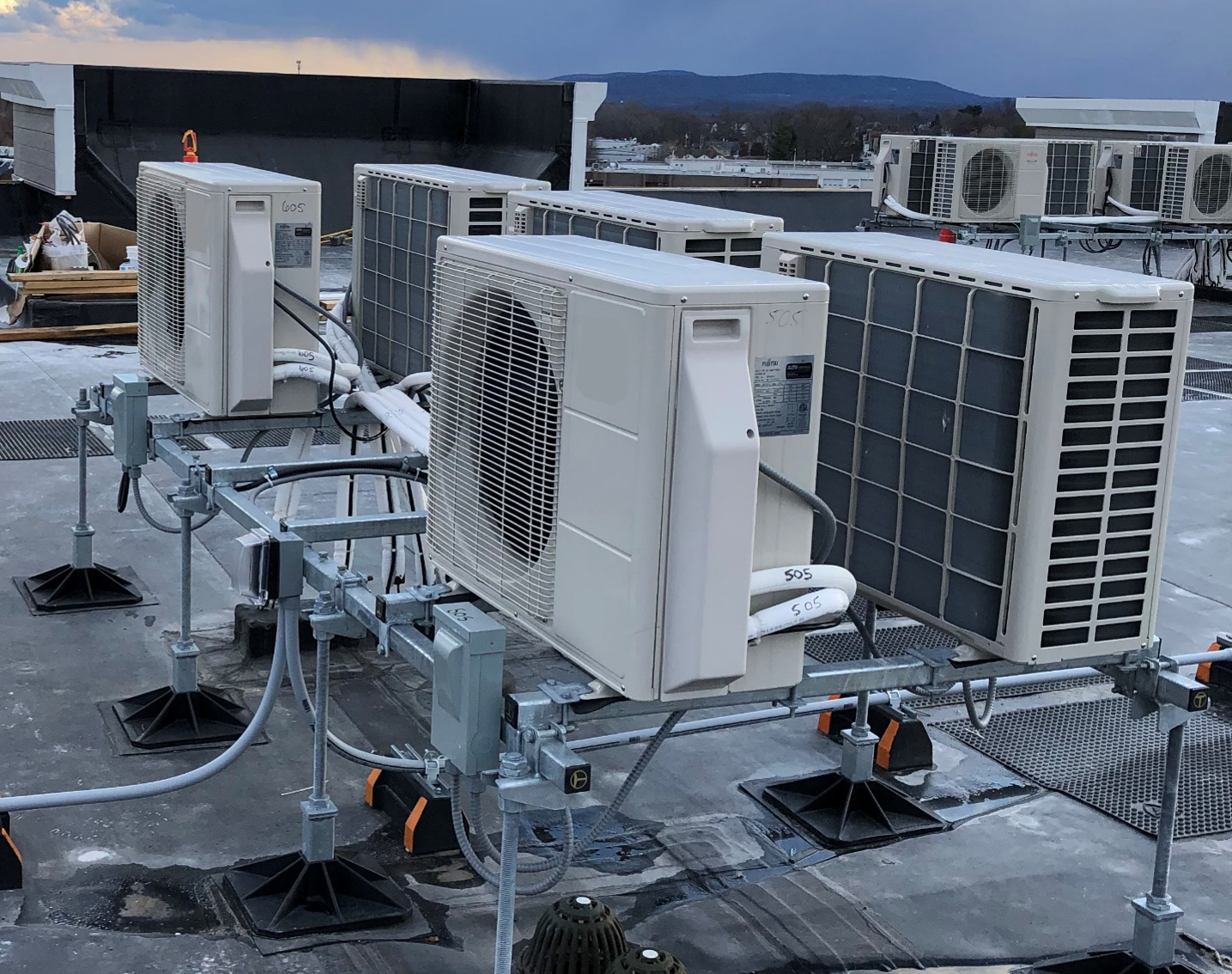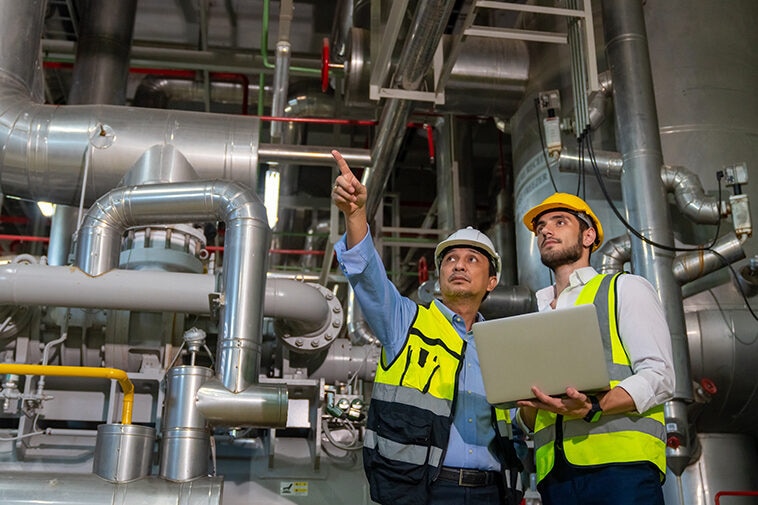

Arm yourself, your project team, and your building staff with the knowledge to build, operate, and maintain sustainable, efficient, and resilient buildings.
Our training programs offer a mix of in-person and on-demand courses to prepare practitioners for the practices and next-gen technology that will be needed to scale up building performance.
Training Programs

High-performance buildings use systems and technologies that operators are often unfamiliar with, but maintaining these systems is vital to realizing energy- and cost-savings potential.
We deliver on-site trainings for operations staff that demonstrate proper techniques to keep your new building running as intended.

Understanding and following proper maintenance procedures is the #1 factor for achieving long-term energy efficiency.
We provide building operators with classroom and webinar trainings, enhanced checklists, and an on-demand video toolkit for a holistic approach to understanding vital system maintenance practices.

Sustainability is not a one-time effort, it is an on-going practice for which tenants play a critical role.
Our custom trainings highlight recommended practices for heating, cooling, lighting, appliances and more. Delivered in video format, they showcase the building’s unique sustainability features so occupants can become advocates.
Online Trainings
Our catalogue of virtual, self-paced courses spans multiple disciplines from high-performance building concepts and technical guidance to accessibility compliance methodologies. All courses are accredited through one or more national organizations including AIA, PHI/PHIUS, NATE, BPI and more. Explore a selection of courses below.